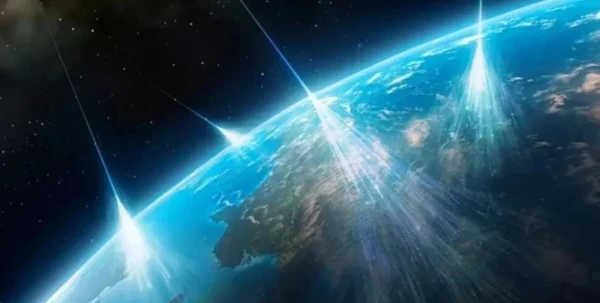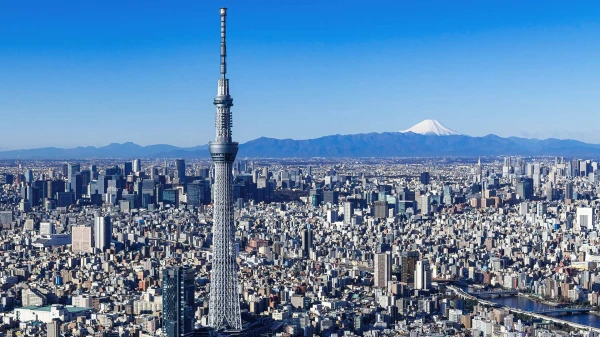
Scientists have detected unusual seismic activity triggered by the drying Lake Turkana in Kenya. Fault activity beneath the lake began after the surface water level dropped by about 100-150 meters, writes Focus.
According to scientists, this discovery rethinks our understanding of tectonic processes as a whole. If fluctuations in water levels in a lake can affect the Earth's crust, then climate change on Earth may have even greater consequences, writes New Atlas.
In the Turkana Basin in northern Kenya, where an ancient fault line lies beneath the surface, geologists have detected unusual seismic activity.
A study by Syracuse and Oakland universities found that the drying of Lake Turkana has caused increased fault activity in the East African Rift Valley. This, in turn, has triggered the uplift of magma beneath the Earth's crust.
For decades, scientists believed that tectonic activity is a deep process occurring in the Earth's interior, driven by mantle convection, plate movement, and crustal deformation. However, changes occurring on the planet's surface were rarely taken into account.
The results of the new study showed that surface changes on Earth can also significantly influence tectonic movements.
In their work, the team of scientists combined paleoclimate data with geophysical modeling. The researchers were able to reconstruct the water level in Lake Turkana over the past 20,000 years. Changes in water levels were compared with fault shifts and magma flow beneath the Earth's crust.
It turned out that as the water level in the lake fell, the load on the Earth's crust decreased. This contributed to the shifting of faults and an increase in magma. The data showed that during periods of low lake levels, fault lines moved faster, and magma flow was stronger.
Such data aligns with results from other studies conducted in Iceland and the United States, where the melting of glaciers pressing down on the Earth's surface was linked to increased tectonic activity.
All these studies, according to scientists, indicate a deeper connection between surface changes and the movement of faults and magma deep underground.













